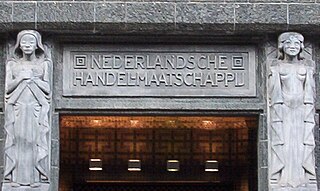
The Netherlands Trading Society was a Dutch trading and financial company, established in 1824, in The Hague by King William I to promote and develop trade, shipping and agriculture. For the next 140 years the NHM developed a large international branch network and increasingly engaged in banking operations. In 1964, it merged with Twentsche Bank to form Algemene Bank Nederland, itself a predecessor of ABN AMRO.

Politionele acties, also politiële acties, in its narrowest definition refers to two major military offensives undertaken by the Netherlands on Java and Sumatra against the Republic of Indonesia during its struggle for independence in the Indonesian National Revolution. In Indonesia they are known collectively as the Agresi Militer Belanda, although the less common translation Aksi Polisionil is also used.

The Netherlands Film Festival is an annual film festival, held in September and October of each year in the city of Utrecht.
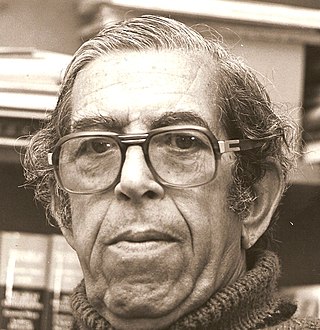
Lodewijk 'Lou' Lichtveld was a Surinamese politician, playwright, poet and resistance fighter who wrote under the pseudonym "Albert Helman".
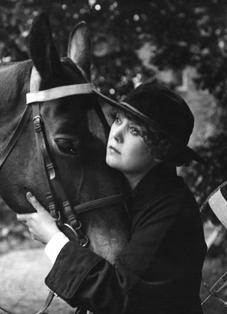
Johanna "Annie" Bos was a Dutch theater and silent film actress, known as Holland's first movie star and diva.
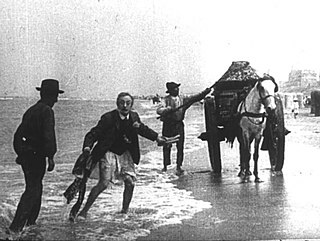
The Misadventure of a French Gentleman Without Pants at the Zandvoort Beach is a 1905 early Dutch silent film directed by Willy Mullens, and produced by Alberts Frères. A six-minute short comedy film, it is one of the oldest surviving Dutch fictional films. When the Netherlands Film Festival presented its canon of Dutch cinema in 2007, it included this film.
Alberts Frères, founded around 1899, was one of the first film production companies in the Netherlands. The company was founded by brothers Albert (1879–1941) and Willy Mullens (1880–1952); they were the main filmmakers and exhibitors in the Netherlands in the first two decades of the twentieth century.
Bartholda van Swieten was a Dutch noble and diplomat who acted as official mediary between the Netherlands and the Spanish Netherlands from 1615 until 1629. She is the subject of fiction, a play and the Dutch novel Een haagsche joffer (1856). Her career as a diplomat was highly unusual for her gender in 17th-century Europe.

Jacoba van Velde was a Dutch writer, translator, and dramaturge. Her first novel, De grote zaal, appeared in the literary journal Querido in 1953 and was translated into thirteen languages within ten years. During her life around 75,000 copies of De grote zaal were sold. In 2010, the book was chosen for the Nederland Leest campaign and copies were given away for free to members of all the public libraries in The Netherlands.

Barend is weer bezig was a Dutch television show written and directed by Wim T. Schippers with Wim van der Linden, Gied Jaspars, and Ruud van Hemert and broadcast by the VPRO in 1972-1973. The show was produced by Ellen Jens. Four regular episodes and a Christmas special were made. The series caused considerable controversy, particularly because of a scene in which the then-reigning Queen Juliana of the Netherlands was mocked.

Hoepla ("Whoops") was a Dutch experimental cultural television show broadcast in 1967. It aimed at a young teenage audience and was notable for being unpredictable and risky in its subject matter, featuring reports, performances, declarations, and interviews that tied in with the subversive atmosphere of the Provo movement. Three episodes were made for the VPRO, and the show caused national controversy when a naked woman, Phil Bloom, appeared on the show, being the first time this happened on Dutch television. A fourth episode was taped but did not air until 2008. The show was written and produced by the team of Wim T. Schippers, Wim van der Linden, Willem de Ridder, and Hans Verhagen.

Marie "Rie" Cramer was a Dutch writer and prolific illustrator of children's literature whose style is considered iconic for the interwar period. For many years, she was one of the two main illustrators for a leading Dutch youth magazine, Zonneschijn (Sunshine). She also wrote plays under the pseudonym Marc Holman. Some of her work was banned during World War II because it attacked National Socialism, and she wrote for a leading underground newspaper during the war.
Ecotribe Teuge is a collective of people living on a squatted terrain in the Dutch countryside. It is located on the edge of the village of Teuge, in the province of Gelderland. The buildings were constructed by the Nazis and formerly used to house Moluccan soldiers. The site was occupied in 2001, when people began to live there in an off-the-grid and self-sufficient manner. Since 2018, there are plans by the province to develop the terrain.

Margie Morris was an English stage and silent film actress, revue artist, musician, dancer and singer who worked in the Netherlands during the 1910s and 1920s.

Jan Fabricius was a Dutch playwright and journalist. He was the father of Johan Fabricius, a writer. Although he wrote continuously from the 1890s to his death, his greatest period of success was during 1904-1916, when his plays sold out theatres in Rotterdam and were translated into multiple languages. During the height of his popularity he was considered by the Encyclopaedie van Nederlandsch-Indië to be the leading Dutch playwright writing plays set in the Indies.
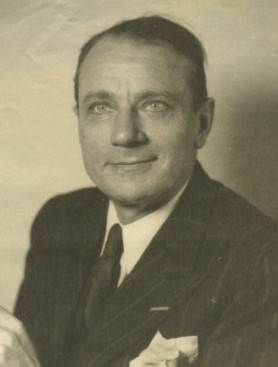
George Antoon Philip Weijer (1891-1979) was a business representative in colonial Indonesia, an economics professor at the University of Utrecht, and a government advisor and company director in the Netherlands.

Louis Johan Alexander Schoonheyt (1903-1986), commonly known as L. J. A. Schoonheyt, was a Dutch medical doctor, writer, and supporter of the National Socialist Movement in the Netherlands before World War II. From 1935 to 1936 he was the camp doctor at the Boven-Digoel concentration camp in New Guinea, Dutch East Indies, and is mostly known today for the book he wrote about his experiences there, Boven-Digoel: Het land van communisten en kannibalen (1936). His praise for the conditions in the camp earned him the ire of the internees, Indonesian nationalists, and Dutch human rights advocates; E. du Perron called him a 'colonial bandit', while many internees burned his book after reading it in the camp.
Louisa Elisabeth Hermine Jama-van Raders was a Dutch portrait painter.















